画像をダウンロード eczema herpeticum 100122-Eczema herpeticum differential diagnosis
Eczema herpeticum (EH) is a serious and painful skin infection, which results in a rash and blistering on various parts of the body EH is also known as Kaposi varicelliform eruption because it bears some resemblance to chickenpox, which is caused by the varicellazoster virus On the other hand, EH is typically caused by the herpes simplex 1 virus (HSV1), the same virus that is responsible for cold sores in and around the mouthEczema Herpeticum is a rare but severe disseminated infection that generally occurs at sites of skin damage produced by, for example, atopic dermatitis, burns, long term usage of topical steroids or eczemaEczema herpeticum is a viral skin infection caused by the herpes simplex virus (HSV) or varicella zoster virus (VZV) It was previously known as Kaposi varicelliform eruption (don't confuse this with Kaposi sarcoma, which occurs in late stage HIV)
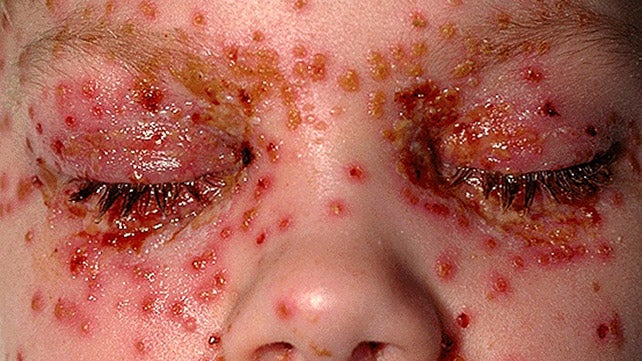
Eczema Herpeticum Symptoms Diagnosis And Treatment
Eczema herpeticum differential diagnosis
Eczema herpeticum differential diagnosis-Eczema herpeticum is a potentially serious viral infection which can spread to large areas of the skin It most commonly affects people with atopic eczema but may also affect those with other inflammatory skin conditions What causes it?A Patient's Guide to Eczema Herpeticum Causes and Risk Factors Open sores and other breaches in the skin's ability to protect against infection put some Symptoms Those who develop eczema herpeticum (and parents of children who do) initially may not recognize that changes Diagnosis Often a


Eczema Herpeticum Photo Skin Disease Pictures
What are the clinical features of eczema herpeticum?The blisters are monomorphic, that is, they all appear similar to each other They may be filled with clear yellow fluid or thick purulent material They are often bloodstained ie, red, purple or black New blisters have central dimplesOne of the most current, and potentially lifethreatening, viral infection is caused by herpes simplex virus (HSV), which occurs in about 3% of AD patients under the name of eczema herpeticum (EH)
Atopic dermatitis (eczema) is a condition that makes your skin red and itchy It's common in children but can occur at any age Atopic dermatitis is long lasting (chronic) and tends to flare periodically It may be accompanied by asthma or hay fever No cure has been found for atopic dermatitisWhat is eczema herpeticum?Eczema Herpeticum List of authors Giuseppe Micali, MD, and Francesco Lacarrubba, MD An 8yearold girl with atopic dermatitis presented with a diffuse eruption of pruritic, umbilicated
Eczema herpeticum is a rare but severe disseminated infection that generally occurs at sites of skin damage produced by, for example, atopic dermatitis, burns, long term usage of topical steroids or eczema It is also known as Kaposi varicelliform eruption, Pustulosis varioliformis acute and KaposiJuliusberg dermatitisEczema herpeticum, initially described by Kaposi in 17, is a potentially lifethreatening herpetic superinfection of a preexisting skin disease Despite the availability of antiviral therapies,Eczema herpeticum is also referred to as Kaposi's variceliform eruption (KVE) after the person who first described it It also has two other names which are pustulosis acuta varioliform juliusberg and KaposiJuliusberg's disease This infection is contagious and can be spread by physical contact


Q Tbn And9gcqriode1lgpq3rwgpedcjjsz6jz48dxkgsflntp9yaioeo6q8ln Usqp Cau
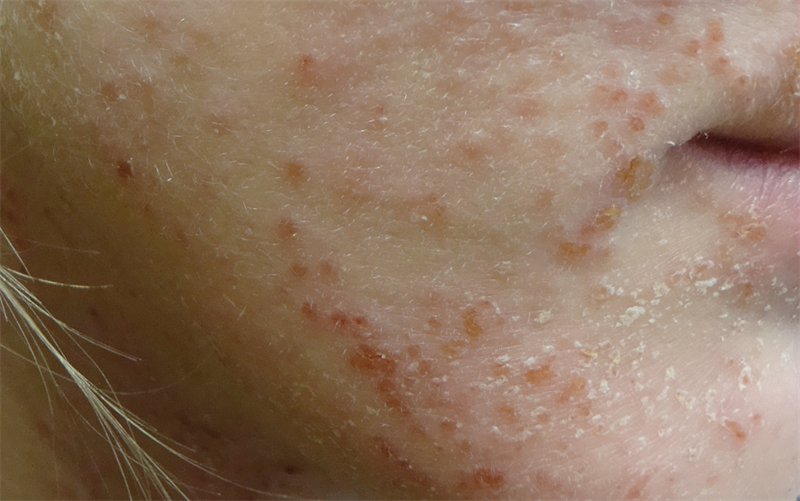


Atopic Eczema In Children Gponline
Sprinkle the bath water with baking soda, uncooked oatmeal or colloidal oatmeal — a finely ground oatmeal that is made for the bathtub (Aveeno, others) Soak for 10 to 15 minutes, then pat dry Apply moisturizer while the skin is still damp Choose mild soaps without dyes or perfumesSo if you or your child have eczema herpeticum it would be sensible to avoid contact with Children with atopic eczema People who have problems with their immune systems (immunosuppression) This would include people with AIDS, people who Newborn babiesEczema herpeticum is caused by Herpes simplex virus HSV1, the virus that
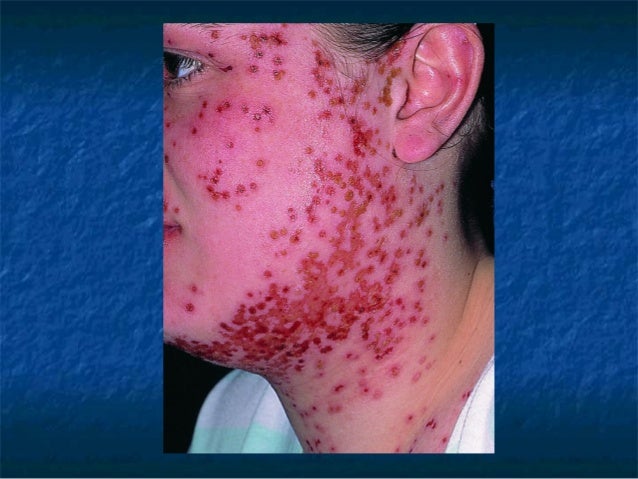


Eczema Herpeticum
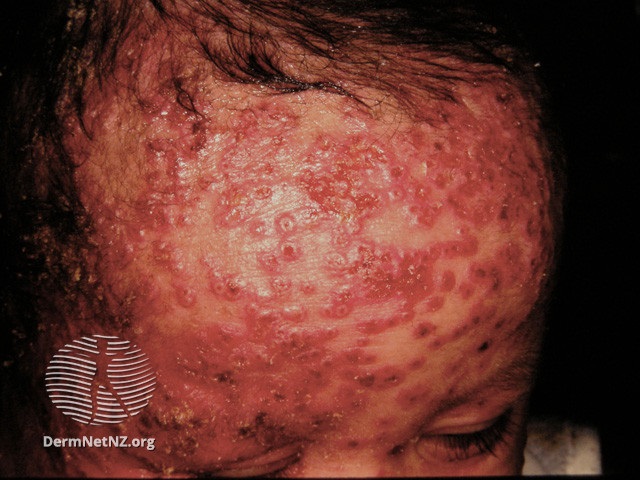


Eczema Herpeticum
Eczema herpeticum is an easily missed entity most commonly seen in the pediatric population and carries the risk of systemic compromise and a 10% mortality rate Clinicians should maintain high clinical suspicion when encountering children or young adults with a history of atopic dermatitis or other erosive dermatoses and who present with vesicular lesions, punchedout erosions, and systemic symptomsEczema herpeticum, or Kaposi varicelliform eruption, is a superficial, widespread, cutaneous infection with herpes simplex virus (HSV) 1 or 2 in a patient with preexisting skin disease The herpes infection may be primary and sustained from a close contact, or it may occur via autoinoculationEczema herpeticum (EH) is a unique manifestation of disseminated herpes simplex virus infection most commonly observed in an individual with atopic dermatitis or other forms of eczema If not identifi ed and treated early, this infection can be life threatening
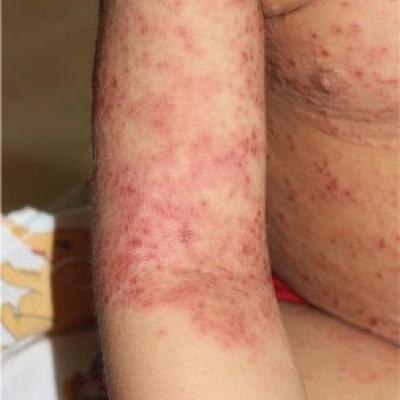


Eczema Coxsackium Cutaneous Eruptions Characterized Mdedge Pediatrics



A D Morphology And Distribution Of Herpetic Recurrences A Eczema Download Scientific Diagram
Eczema Herpeticum Definition Eczema herpeticum is a serious skin infection It is a painful rash that starts with pusfilled red bumps Causes The herpes virus causes eczema herpeticum The virus enters the body through breaks in the skin The virus may Risk Factors Eczema herpeticum is mostOther symptoms of eczema herpeticum include High fever and chills Swollen lymph glands Not feeling well overallEczema herpeticum, also known as a form of Kaposi varicelliform eruption caused by viral infection, usually with the herpes simplex virus (HSV), is an extensive cutaneous vesicular eruption that arises from preexisting skin disease, usually atopic dermatitis (AD) Children with AD have a higher risk of developing eczema herpeticum, in which HSV type 1 (HSV1) is the most common pathogen
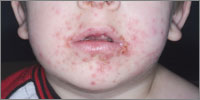


At A Glance Impetigo Versus Eczema Herpeticum Gponline



Herpes Simplex American Academy Of Pediatrics
Eczema Herpeticum (Kaposi Varicelliform Eruption)The herpes virus causes eczema herpeticum The virus enters the body through breaks in the skin The virus may come from somewhere else on the body like a cold sore on the lips The virus can also be passed from someone else who has a herpes infection Common herpes infections include cold sores on the lips and genital herpesSome of the symptoms that can be seen can include Your entire body is filled with inflammation that is severe and painful There are formations of small blisters that appear in the form of clusters These blisters are filled with water They The blisters will usually cause a fever and are



Eczema Herpeticum What Is It And Is It Dangerous Eczema Blues
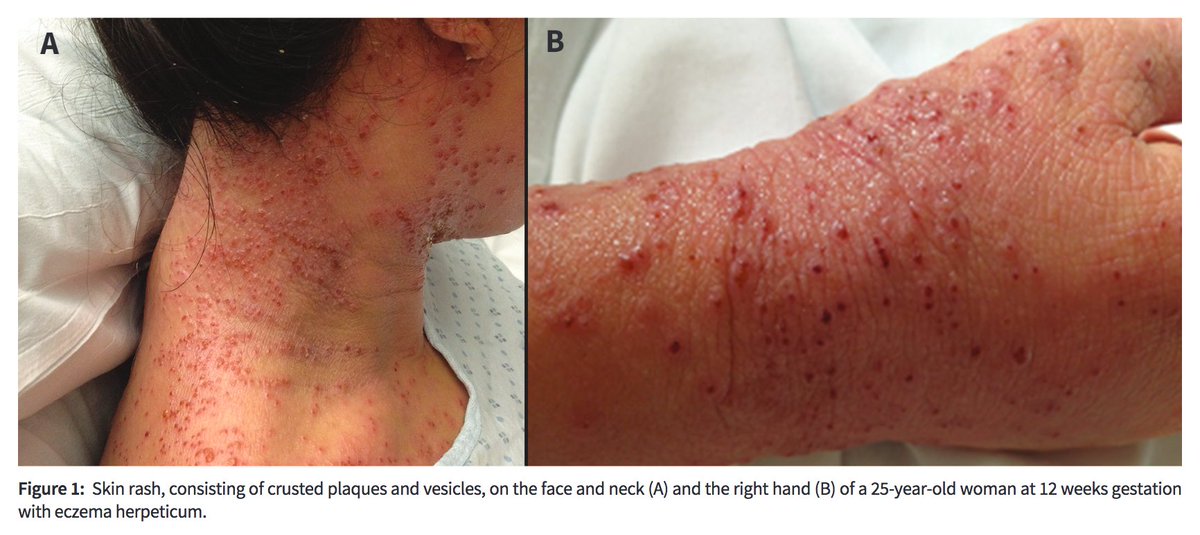


Cmaj Delayed Treatment Of Eczema Herpeticum In Pregnancy Can Increase Risk Of Maternal And Fetal Death T Co Ewgtuyrnbj Sub Req Meded T Co Q1rflpxo2w
Eczema herpeticum is a potentially serious viral infection which can spread to large areas of the skin It most commonly affects people with atopic eczema but may also affect those with other inflammatory skin conditionsEczema herpeticum, or Kaposi's varicelliform eruption Disease Eczema herpeticum (EH), sometimes referred to as Kaposi's varicelliform eruption, is a herpes simplex virus (HSV) infection of the skin that occurs in the setting of an underlying inflammatory dermatosis, most commonly atopic dermatitisEczema Herpeticum List of authors Giuseppe Micali, MD, and Francesco Lacarrubba, MD An 8yearold girl with atopic dermatitis presented with a diffuse eruption of pruritic, umbilicated
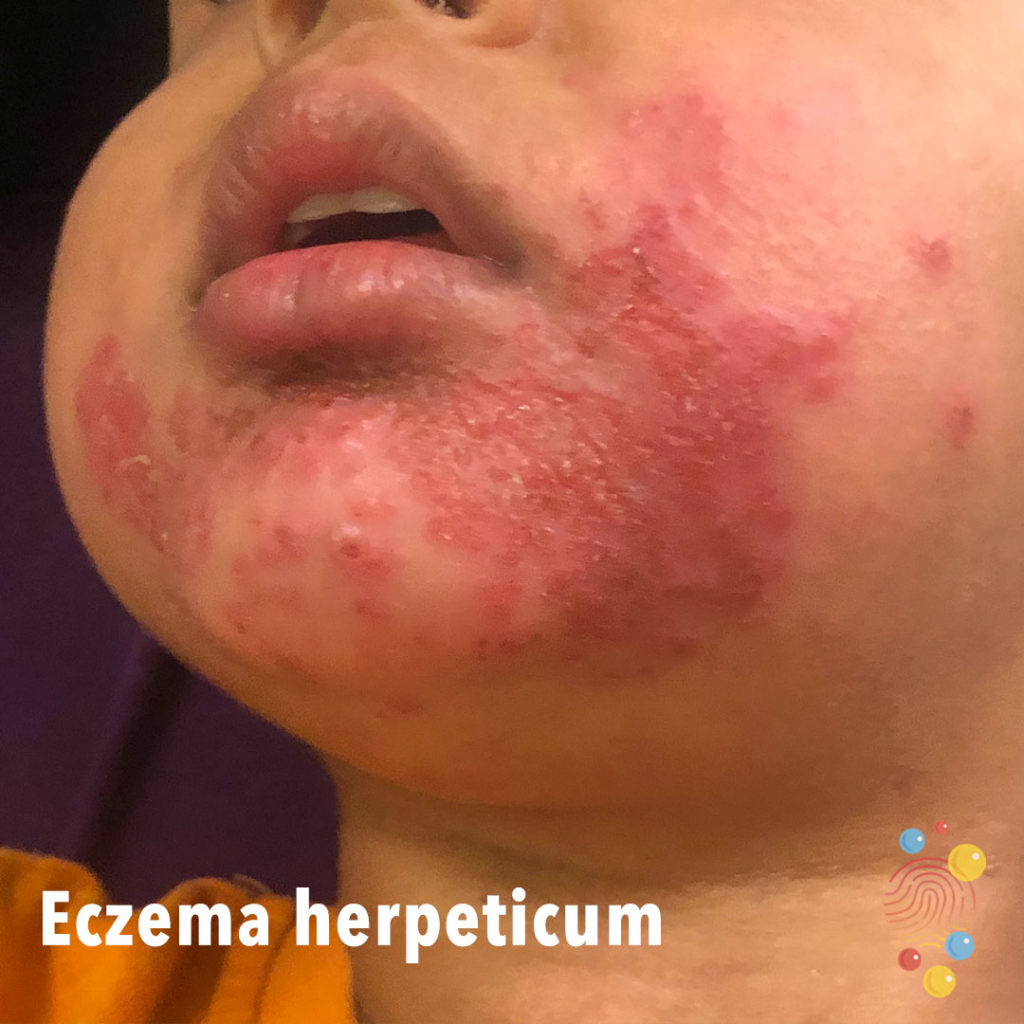


Eczema Herpeticum Skin Deep



Atopic Dermatitis And Eczema Herpeticum Stock Image C039 7298 Science Photo Library
Eczema herpeticum is a rare but severe disseminated infection that generally occurs at sites of skin damage produced by, for example, atopic dermatitis, burns, long term usage of topical steroids or eczema It is also known as Kaposi varicelliform eruption, Pustulosis varioliformis acute and KaposiJuliusberg dermatitisDiagnosis for Eczema Herpeticum Polymerase Chain Reaction sequencing (PCR) PCR is a technique used in molecular biology that allows to analyze short Direct fluorescent antibody test It is one of the rapid and accurate test performed to identify the viral infection Tzank smear test The test isEczema Herpeticum Skin Infections Carlos N PrietoGranada, Eczema Herpeticum Also known as Kaposi varicelliform eruption, Papulosquamous Eruptions Therapeutic measures are individualized according to the morphology of the skin lesions, Herpes Simplex Virus Infection John D



Eczema Herpeticum Cause Symptoms Treatment Prevention



Eczema Herpeticum Stock Image C036 52 Science Photo Library
Eczema Herpeticum Basics Atopic dermatitis is an inflammatory skin disease The inflammatory states creates an impaired skin barrier The impaired protection increases risk for bacterial and viral infections Eczema herpeticum A HSV skin infection that occurs in patients with atopic dermatitisIn addition, patients with AD also get exaggerated presentations of viral infections, particularly to herpes simplex virus (eczema herpeticum), which is associated with a dramatic spreading of viral lesions over the skin, lymphadenopathy, fever, and malaise Current issues in atopic comorbidities and preventing the atopic marchEczema herpeticum Widespread punchedout lesions on a child with atopic dermatitis and superimposed herpes simplex infection Image Source Color Atlas & Synopsis of Pediatric Dermatology Kay ShouMei Kane, Jen Bissonette Ryder, Richard Allen Johnson, Howard P Baden, Alexander Stratigos Copyright 02 by The McGrawHill Companies



Eczema Herpeticum Making The Diagnosis In The Emergency Department Journal Of Emergency Medicine
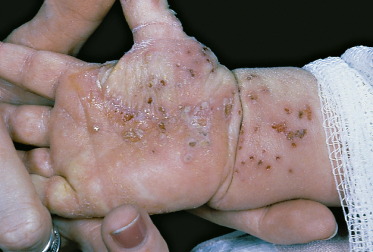


33 Eczema Herpeticum Plastic Surgery Key
Eczema herpeticum, or Kaposi varicelliform eruption, is a superficial, widespread, cutaneous infection with herpes simplex virus (HSV) 1 or 2 in a patient with preexisting skin disease The herpes infection may be primary and sustained from a close contact, or it may occur via autoinoculationOther symptoms may include high fever chills swollen lymph glands general unwell feelingEczema herpeticum A HSV skin infection that occurs in patients with atopic dermatitis Occurs in 36% of patients with atopic dermatitis Can be due to HSV1 or HSV2, but also other viruses can cause it (ex, varicella, poxvirus)
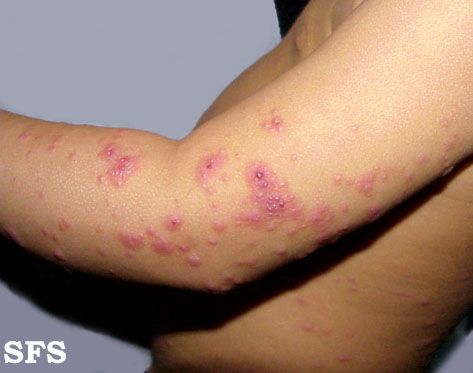


Eczema Herpeticum Wikidoc



Figure 1 From Oral Dosing Regimen For Eczema Herpeticum In Immunocompetent Patients Dosing As In Herpes Zoster Semantic Scholar
Eczema herpeticum is when that virus is provoked through trauma or other illness to spread across the face and other extremities Consistently, it appears on the head, neck, and trunkEczema herpeticum can be potentially life threatening and requires systemic treatment with acyclovir In addition, adequate analgesia, skin care, and topical antiinflammatory medications are used Secondary bacterial infection often coexists with eczema herpeticum and should be treated appropriately as wellDisseminated eczema herpeticum and perioral or severe bacterial eczematous skin infections Deterioration of moderate or severe eczema despite compliance with correct treatment(s) for 6 weeks or more Severe eczema in a child less than 12 months old



Eczema Herpeticum Nejm



Extrinsic Atopic Dermatitis Linked To Risk For Eczema Herpeticum Dermatology Advisor
Swollen lymph nodes around the affected area of the skin, High fever, Chills, Fatigue, Filling ill, etc Eczema herpeticum is a serious medical condition which can lead to various complications For this reason, proper diagnosis and treatment is needed In rare cases, eczema herpeticum can even lead to deathOne of the most current, and potentially lifethreatening, viral infection is caused by herpes simplex virus (HSV), which occurs in about 3% of AD patients under the name of eczema herpeticum (EH)Eczema herpeticum presents as a sudden onset eruption of monomorphic, domeshaped, grouped, 2 to 3 mm vesicles on an erythematous base Lesions are superimposed on areas of preexisting atopic dermatitis, most commonly on the face, neck, and upper trunk



Eczema Herpeticum Consultant360


Eczema Herpeticum Primary Care Dermatology Society Uk
This is the case with eczema herpeticum which is a result of the herpes virus catching wind like a wildfire The immune system, already compromised by the virus, overreacts to irritants and explodes Babies and senior citizens are vulnerable and have even found death in rare instancesEczema herpeticum is a viral skin infection that causes fever and vesicles (small fluidfilled sacs on the skin) that erupt into itchy blisters This infection, most commonly caused by the herpes simplex virus (HSV), appears as a complication of preexisting skin conditionsEczema herpeticum is a rare but potentially serious complication It can happen when areas of the skin that eczema affects come into contact with the herpes virus It is most likely to result from
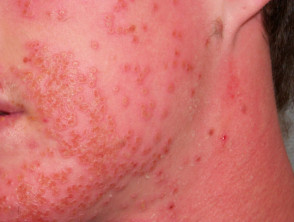


Eczema Herpeticum Dermnet Nz
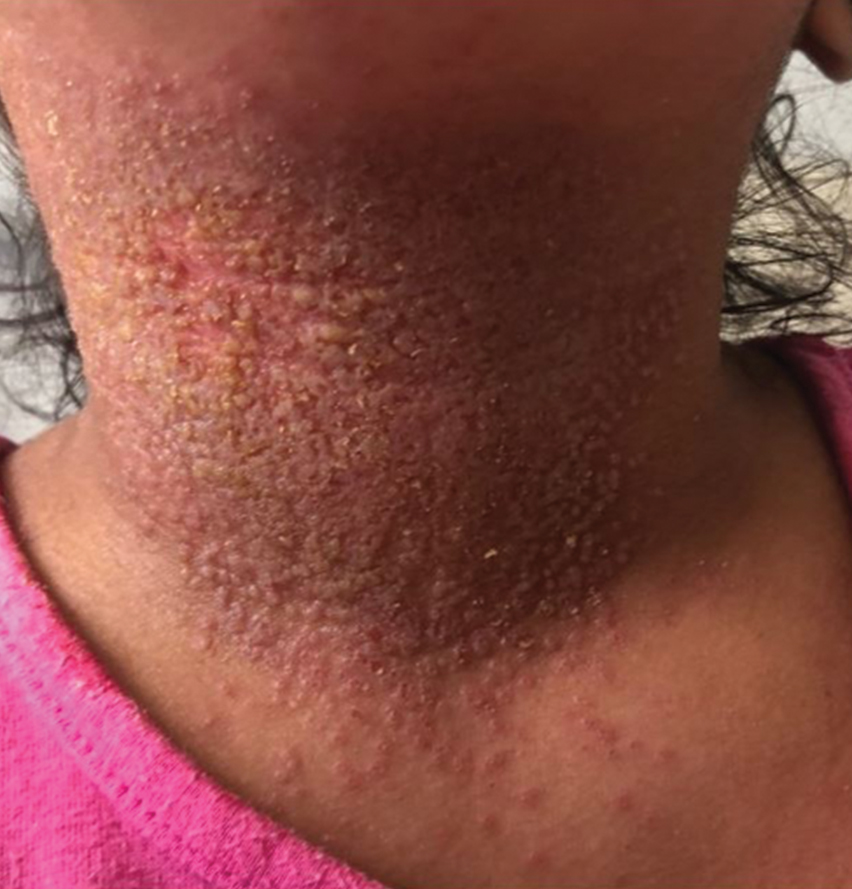


Pediatric Dermatology Emergencies Mdedge Dermatology
Eczema herpeticum, initially described by Kaposi in 17, is a potentially lifethreatening herpetic superinfection of a preexisting skin diseaseSudden onset of a painful vesicular rash in a patient with a preexisting skin condition should alert you to the diagnosis of eczema herpeticum (EH) Characteristic findings on physical examination These generally occur in the setting of a background dermatosisEczema herpeticum, described by Kaposi in 17, is most common in patients with atopic dermatitis but can occur in other conditions that disrupt epidermal integrity In eczema herpeticum, lesions are typically monomorphic vesicles that evolve into pustules



Eczema Herpeticum Wikipedia


Eczema Herpeticum Photo Skin Disease Pictures
Eczema herpeticum, described by Kaposi in 17, is most common in patients with atopic dermatitis but can occur in other conditions that disrupt epidermal integrity In eczema herpeticum, lesions are typically monomorphic vesicles that evolve into pustules (10)Sprinkle the bath water with baking soda, uncooked oatmeal or colloidal oatmeal — a finely ground oatmeal that is made for the bathtub (Aveeno, others) Soak for 10 to 15 minutes, then pat dry Apply moisturizer while the skin is still damp Choose mild soaps without dyes or perfumesClinical Features Eczema Herpeticum in immunocompromised patient ) Eczema herpticum in child Multiple organ systems can become involved, resulting in lymphadenopathy, keratoconjunctivitis (potentially sightthreatening), meningitis, encephalitis, etc Lesions may become secondarily infected by bacteria, mainly with staph aureus


Q Tbn And9gcrbqtdu3jkbadn70ersosfcq1kbsgakx Z48siftybg 8ethwna Usqp Cau



Eczema Herpeticum Anyone Had Experience With It Mumsnet


Thought I D Post A Follow Up To My Case Of Eczema Herpeticum Its Been Almost 2 Weeks Since The Initial Infection And I M Finally Healing Thanks To This Subreddit I Was Able



Pin On Pediatric Board Exam Studying



Eczema Herpeticum Obgyn Key



Ocular Eczema Herpeticum Consultant360


Www Rcpe Ac Uk Sites Default Files Jrcpe 48 1 Finlow Pdf
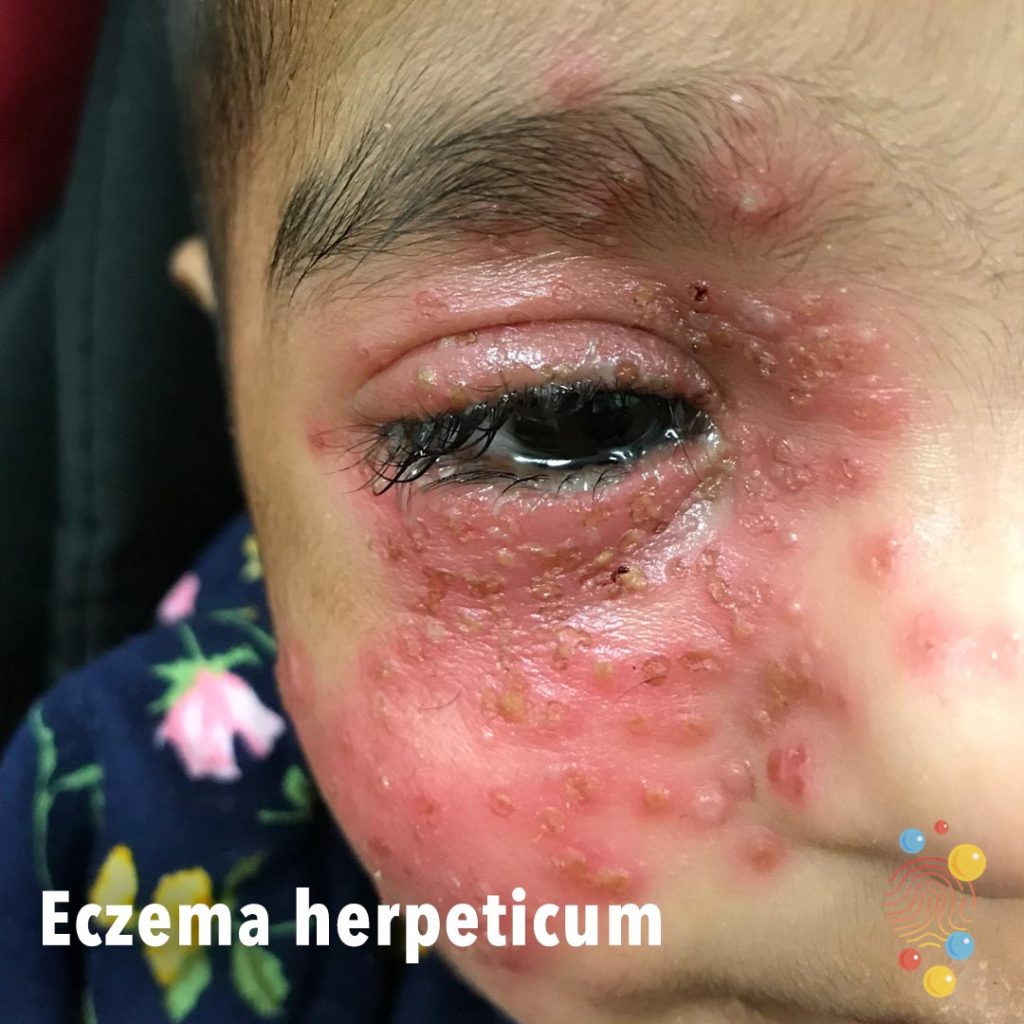


Eczema Herpeticum Skin Deep



Eczema Herpeticum A Medical Emergency In Patients With Atopic Dermatitis Sciencedirect



Ocular Eczema Herpeticum Consultant360
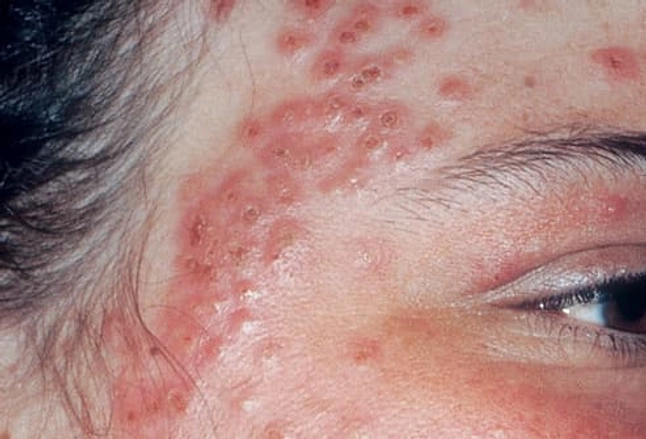


Picture Of Eczema Herpeticum


3
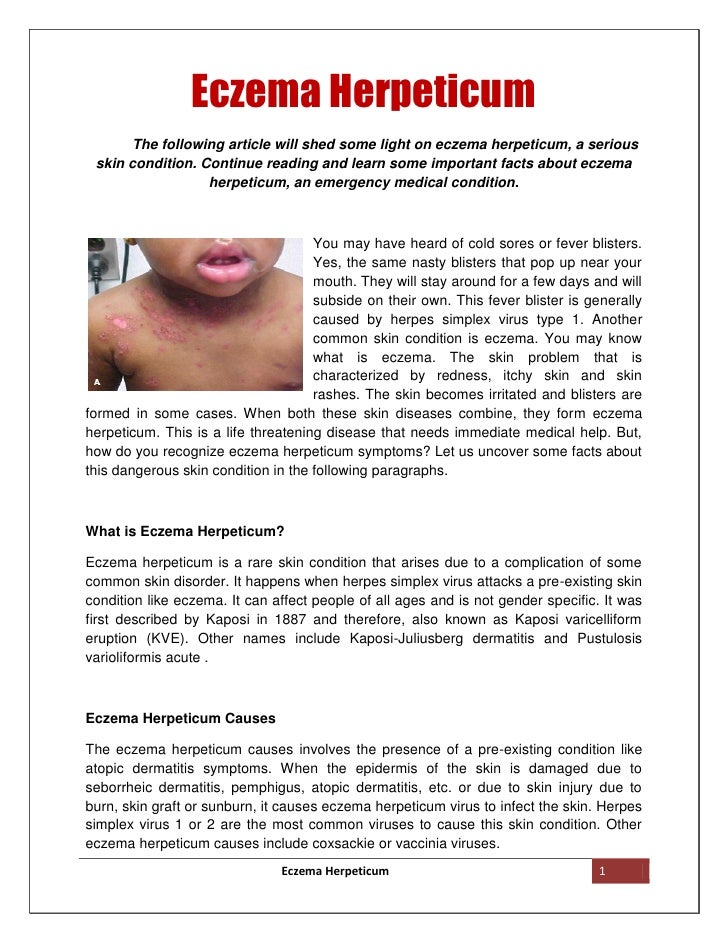


Eczema Herpeticum
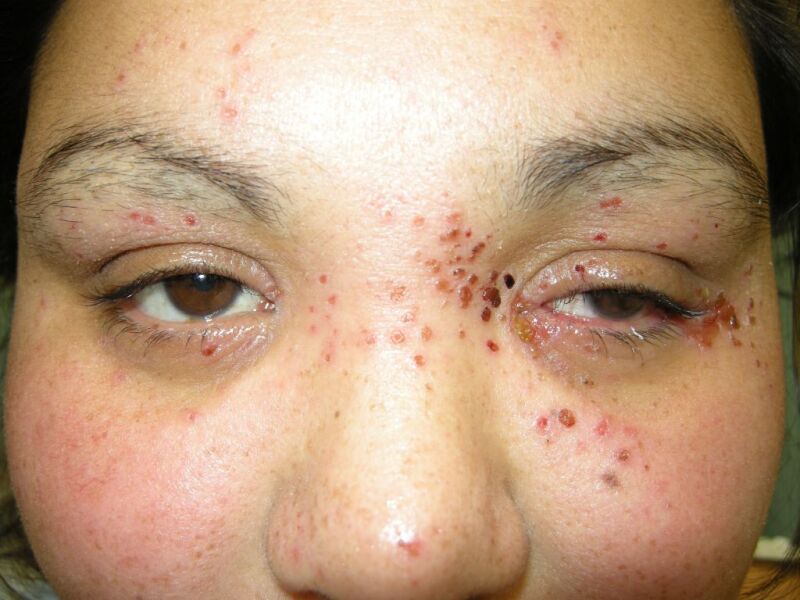


Figure Eczema Herpeticum Contributed By Dermnetnz Statpearls Ncbi Bookshelf
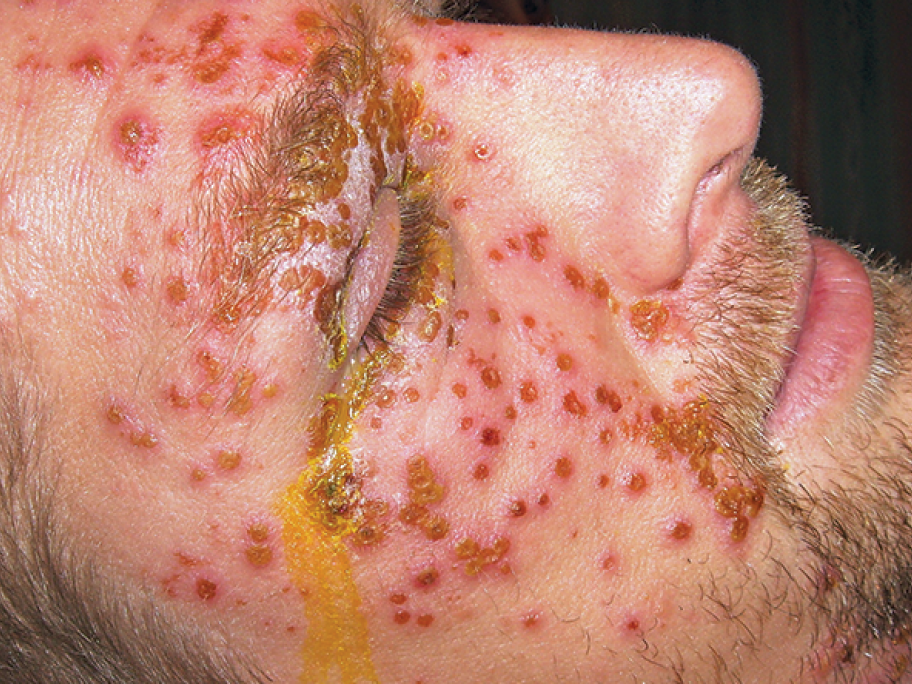


Treating Eczema Herpeticum Australian Doctor Group



Eczema Herpeticum Cause Symptoms Treatment Prevention



What You Need To Know If You Have Eczema The Doctors Tv Show
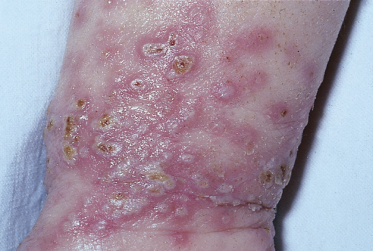


33 Eczema Herpeticum Plastic Surgery Key



Eczema Herpeticum Stock Image C036 54 Science Photo Library



Defective Natural Killer Cell Activity In A Mouse Model Of Eczema Herpeticum Journal Of Allergy And Clinical Immunology
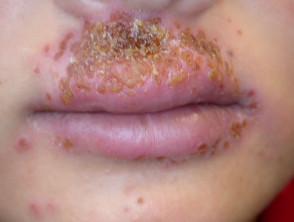


Eczema Herpeticum Dermnet Nz
/GettyImages-907199818-5c017e4846e0fb0001924d5d.jpg)


Eczema Herpeticum Symptoms Causes Diagnosis And Treatment



Eczema Herpeticum Symptoms Causes And More



Fifteen Minute Consultation Eczema Herpeticum In A Child Adc Education Practice Edition



Eczema Herpeticum Causes And Treatment Patient



Eczema Herpeticum In Early Pregnancy Cmaj



Eczema Herpeticum What You Need To Know The Eczema Company
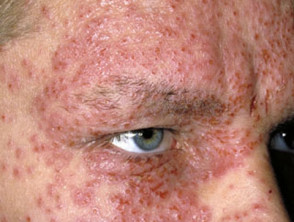


Eczema Herpeticum Images Dermnet Nz



Eczema Herpeticum Picture Image On Medicinenet Com



Erupcion Cutanea Imagenes Causas Tipos Y Tratamientos Hand Foot And Mouth Mouth Sores Eczema Symptoms


Eczema Herpeticum



Worsening Atopic Dermatitis In A 3 Year Old Boy



Eczema Herpeticum Cancer Therapy Advisor



Eczema Herpeticum Kaposi Varicelliform Eruption Dermatology Advisor



Someone Manages Eczema Herpeticum Eczema Blues
/GettyImages-9749364202-2db8c9a7f36f4d209f1c46bd90cee993.jpg)


Eczema Signs Symptoms And Complications



Eczema Herpeticum What Is Symptoms Causes Pictures Treatment
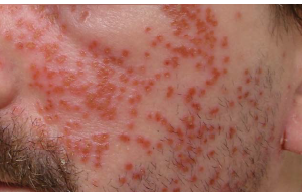


Eczema Herpeticum Skin Condition What Is It Treatment And Advice For Patient Dermatology Information Research
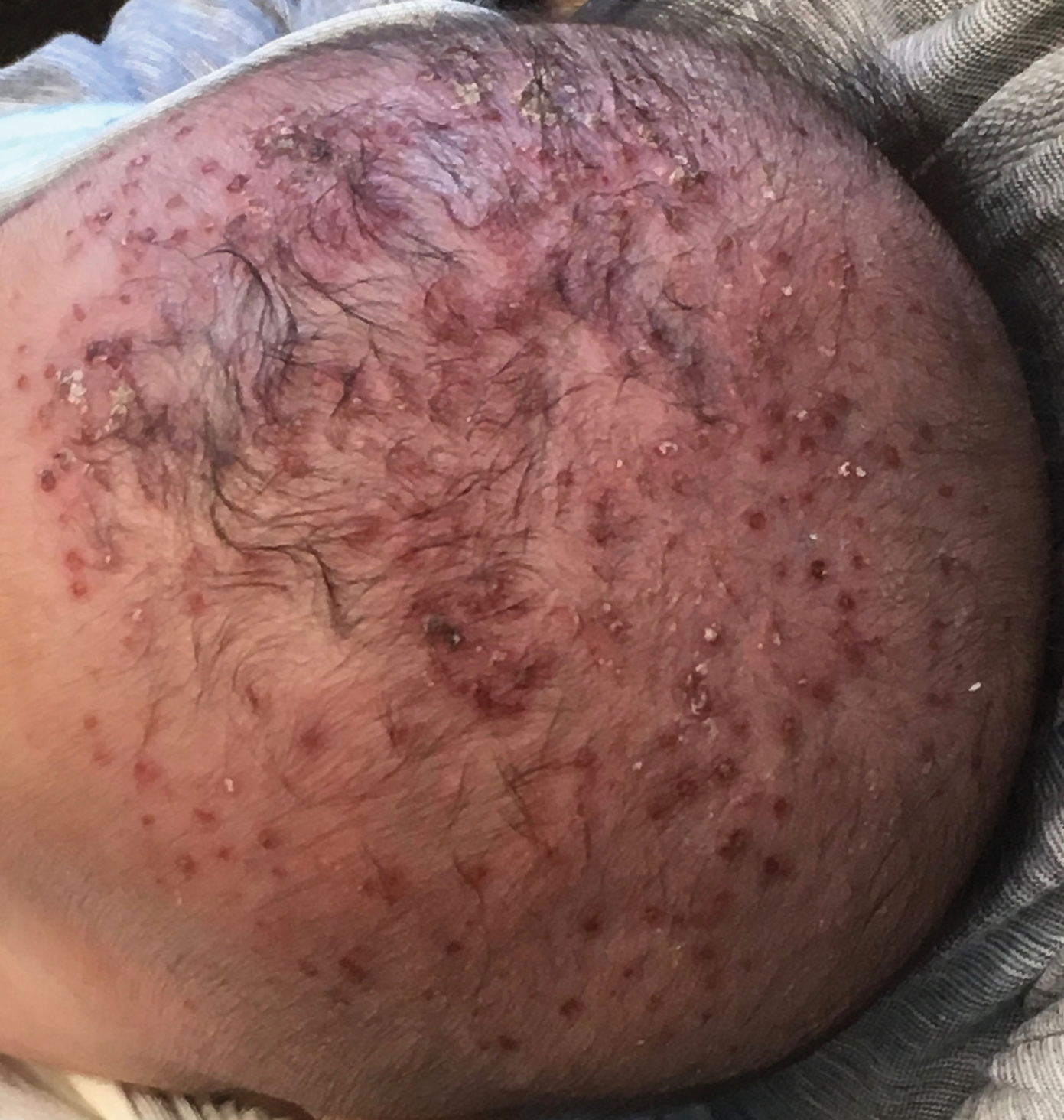


Seborrhea Herpeticum Cutaneous Herpes Simplex Virus Infection Within Infantile Seborrheic Dermatitis Mdedge Dermatology



Eczema Herpeticum Symptoms Diagnosis And Treatment



Image Eczema Herpeticum Msd Manual Professional Edition
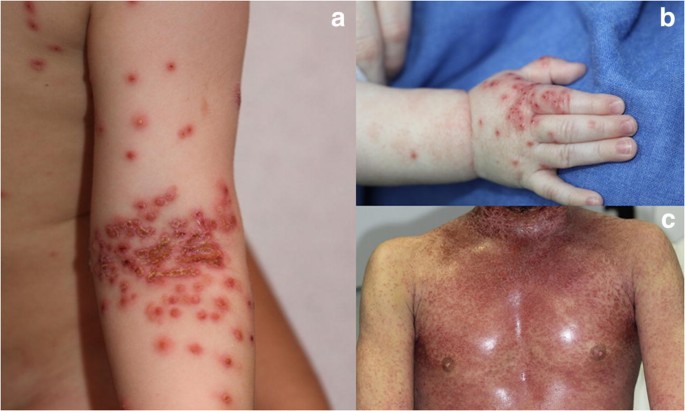


Eczema Herpeticum Clinical And Pathophysiological Aspects Springerlink
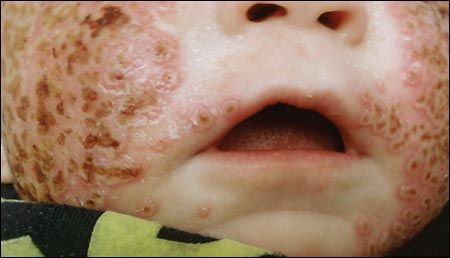


Eczema Herpeticum With Mrsa Superinfection


Q Tbn And9gctuomn2mp8nah6djeid06 Epiml4eprk3sunkh P480gp8nxdgs Usqp Cau
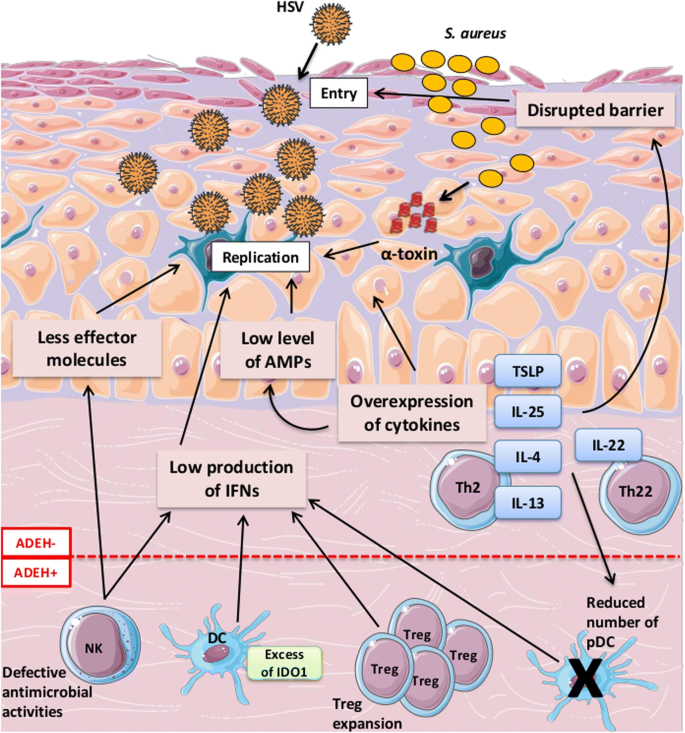


Eczema Herpeticum Clinical And Pathophysiological Aspects Springerlink



Kaposi Varicelliform Eruption Eczema Herpeticum



Eczema Herpeticum A Manifestation Of Hyperimmunoglobulin E Syndrome Consultant360


Eczema Herpeticum Photo Skin Disease Pictures


8 73 9 Eczema Herpeticum
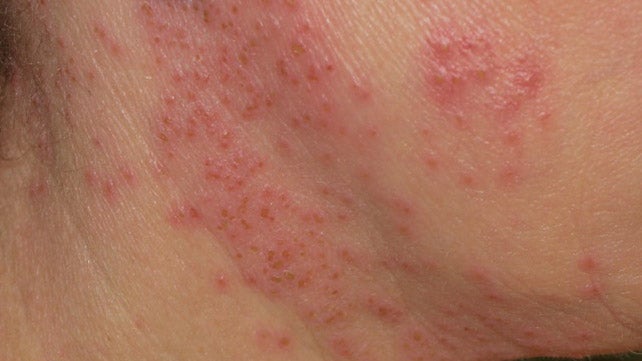


Eczema Herpeticum Symptoms Diagnosis And Treatment


Eczema Herpeticum Primary Care Dermatology Society Uk
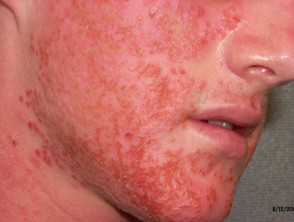


Eczema Herpeticum Images Dermnet Nz
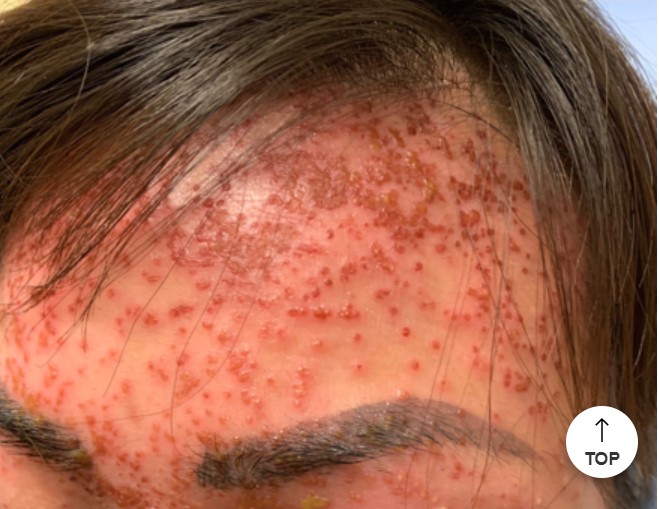


Jcms Visual Dermatology Eczema Herpeticum T Co Wkaalartd4



Punched Out Ulcers Of Eczema Herpeticum Confined To Plaques Of Eczema Download Scientific Diagram



Eczema Herpeticum Slowly Healing Eczema



Eczema Herpeticum Cancer Therapy Advisor
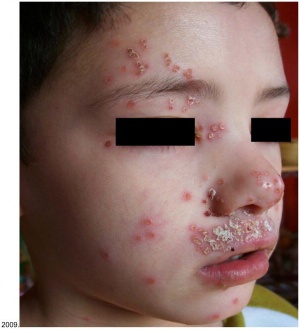


Eczema Herpeticum Wikem



Eczema Herpeticum


Herec



Kaposi Varicelliform Eruption Eczema Herpeticum



Pdf Eczema Herpeticum A Case Report And Review Of Literature
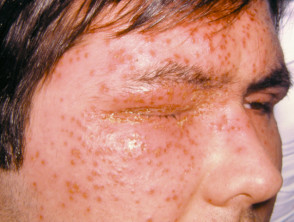


Eczema Herpeticum Images Dermnet Nz



Eczema Symptoms In Adults Page 1 Line 17qq Com



Eczema Herpeticum Cause Symptoms Treatment Prevention
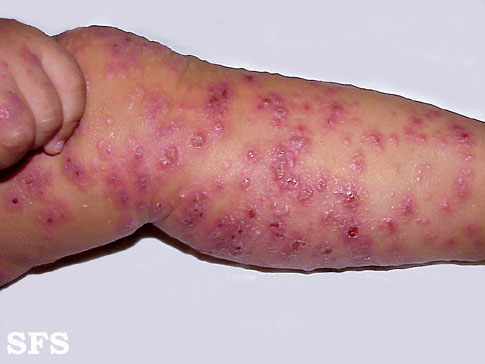


Eczema Herpeticum Wikidoc
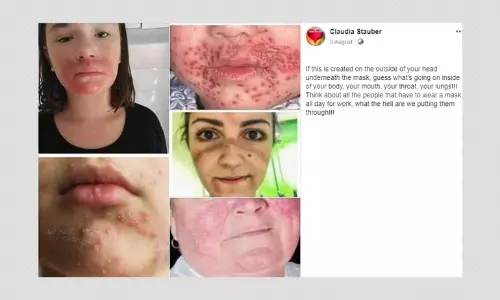


Read All Latest Updates On And About Eczema Herpeticum
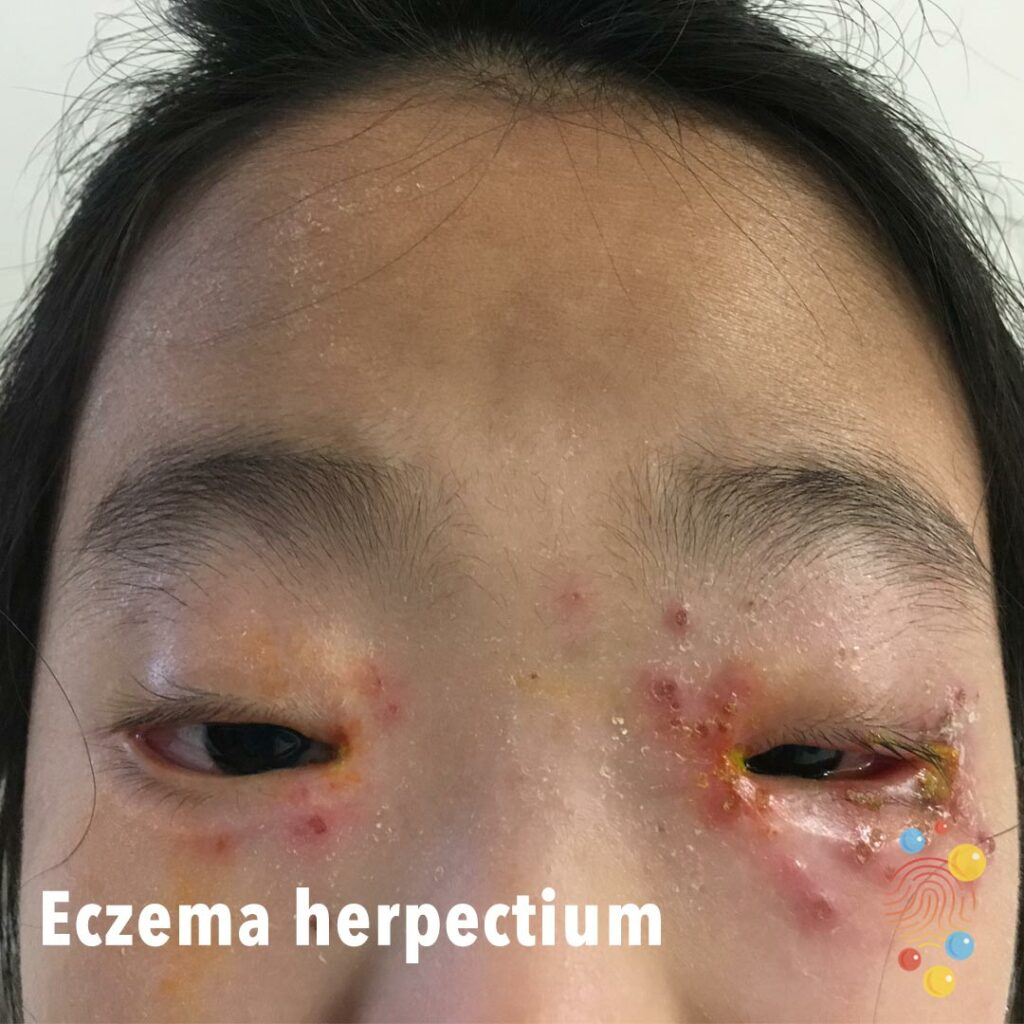


Eczema Herpeticum Skin Deep



Eczema Herpeticum What You Should Know Amethyst Holistic Skin Solutions



Eczema Herpeticum Symptoms Causes And More



Eczema Herpeticum Pediatrics Board Review Pbr Members Section



Eczema Herpeticum



Fifteen Minute Consultation Eczema Herpeticum In A Child Adc Education Practice Edition
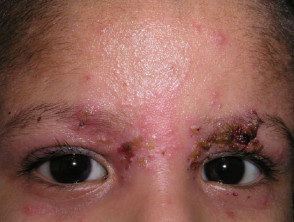


Eczema Herpeticum Dermnet Nz
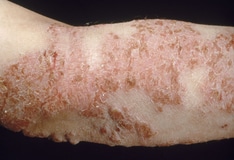


Eczema Herpeticum A Dermatologic Emergency



Eczema Herpeticum Journal Of Emergency Medicine



Eczema Herpeticum Anyone Had Experience With It Mumsnet



Eczema Herpeticum Images Dermnet Nz
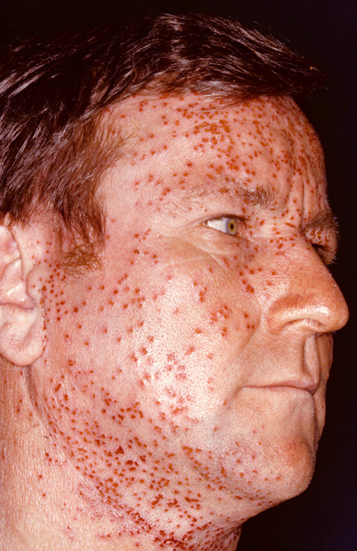


Eczema Atopic Dermatitis Photos aai


コメント
コメントを投稿